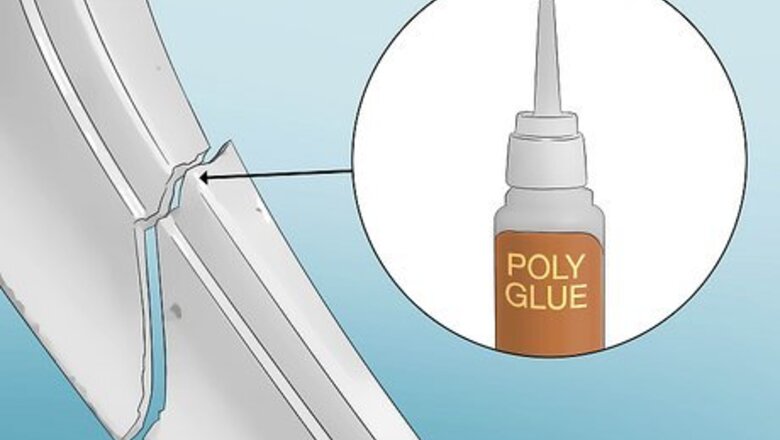
views
What is the best glue to use on polypropylene?
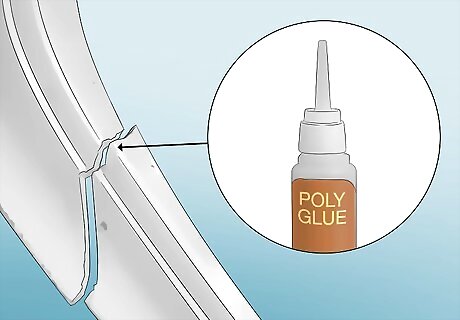
Polypropylene glue is the best glue to use. Polypropylene plastic is especially difficult to bond with adhesives. The only way to successfully bond the plastic is to use hot melt glue that’s made of polypropylene. Apply a small drop of the glue onto 1 surface and then press it firmly against the surface you want to connect it to. Hold them together until they fully set. Because they can vary, check the packaging of the glue for specific drying times. If you need to hold the 2 surfaces together for a longer time to allow it to fully dry and cure, use a clamp to hold them together.
Can polypropylene be welded?
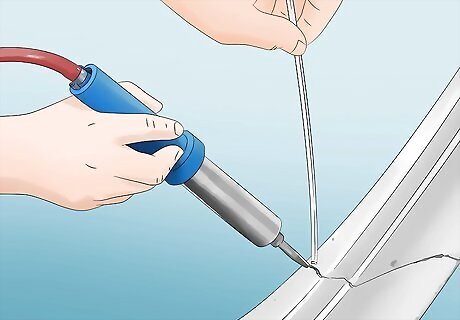
Yes, but only with a polypropylene welding rod. You can only weld together similar materials in order to form an effective bond, especially with polypropylene, which is notoriously difficult to bond to other materials. So you can’t simply weld polypropylene to any material. You have to use a specialized polypropylene welding rod to bond 2 pieces of polypropylene together.
How do you fix a hole in polypropylene?
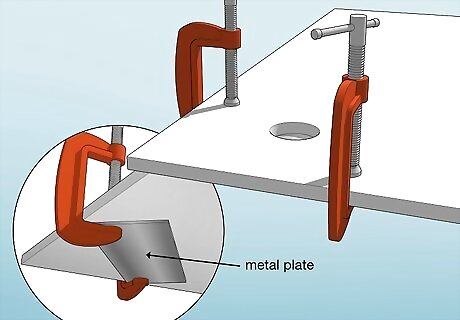
Clamp a metal plate on the backside of the hole. Take a flat metal plate and attach it to the other side of the hole so it acts as a backing board that will keep the plastic contained when you weld it. Use a clamp to hold it securely in position.
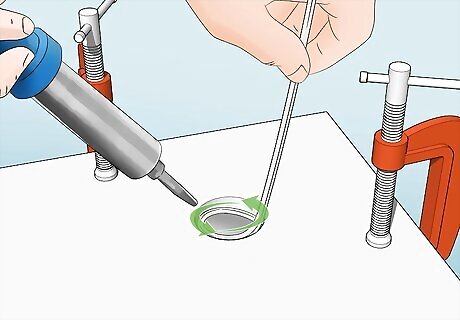
Fill the hole with a polypropylene welding rod. Use a heat gun to warm the polypropylene welding rod so it’s pliable and curl it inside of the hole. Then, hold the heat gun over the plastic to melt it and cause it to expand and fill in the hole. Use a soldering iron to cut off any excess plastic and run the soldering iron over the plastic in the hole to smooth it out. You must use a polypropylene welding rod to create an effective bond that will seal the hole.
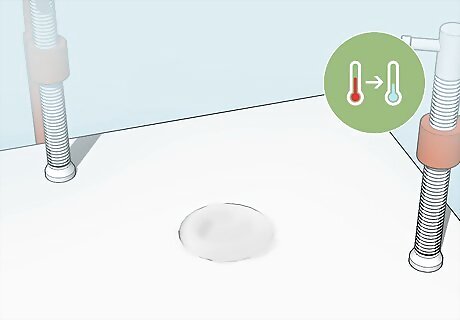
Allow the plastic to cool and then remove the metal plate. Wait until the plastic is completely cool to the touch and hardened. Then, unclamp and remove the metal plate and you’re good to go!
Will JB Weld work on polypropylene?
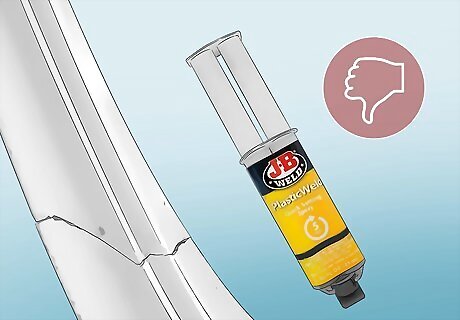
No, JB Weld does not adhere to polypropylene. JB Weld is an epoxy putty and is super useful for applications like sealing cracks, patching holes, or bonding things together. However, it doesn’t contain any polypropylene which would allow it to effectively bond with and adhere to polypropylene products.
Does Gorilla Glue work on polypropylene?
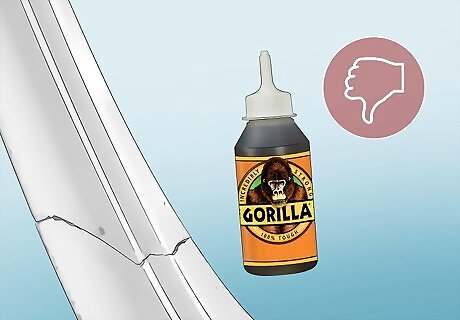
No, Gorilla Glue won’t work well on polypropylene. It’s a great adhesive for many things, including other types of plastic. But it’s not effective on plastics like polyethylene or polypropylene. Use polypropylene glue instead.













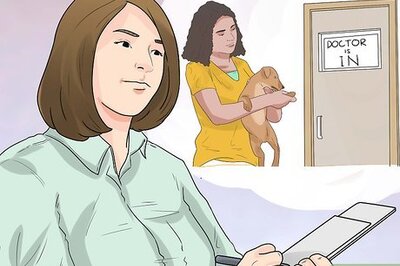






Comments
0 comment